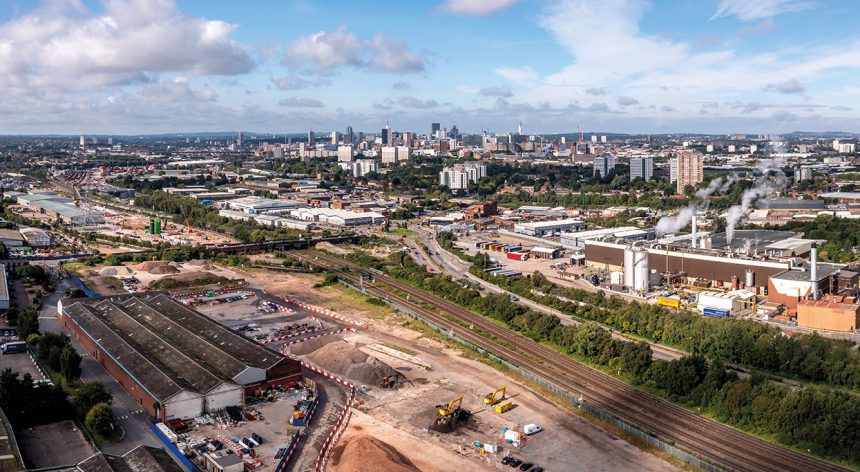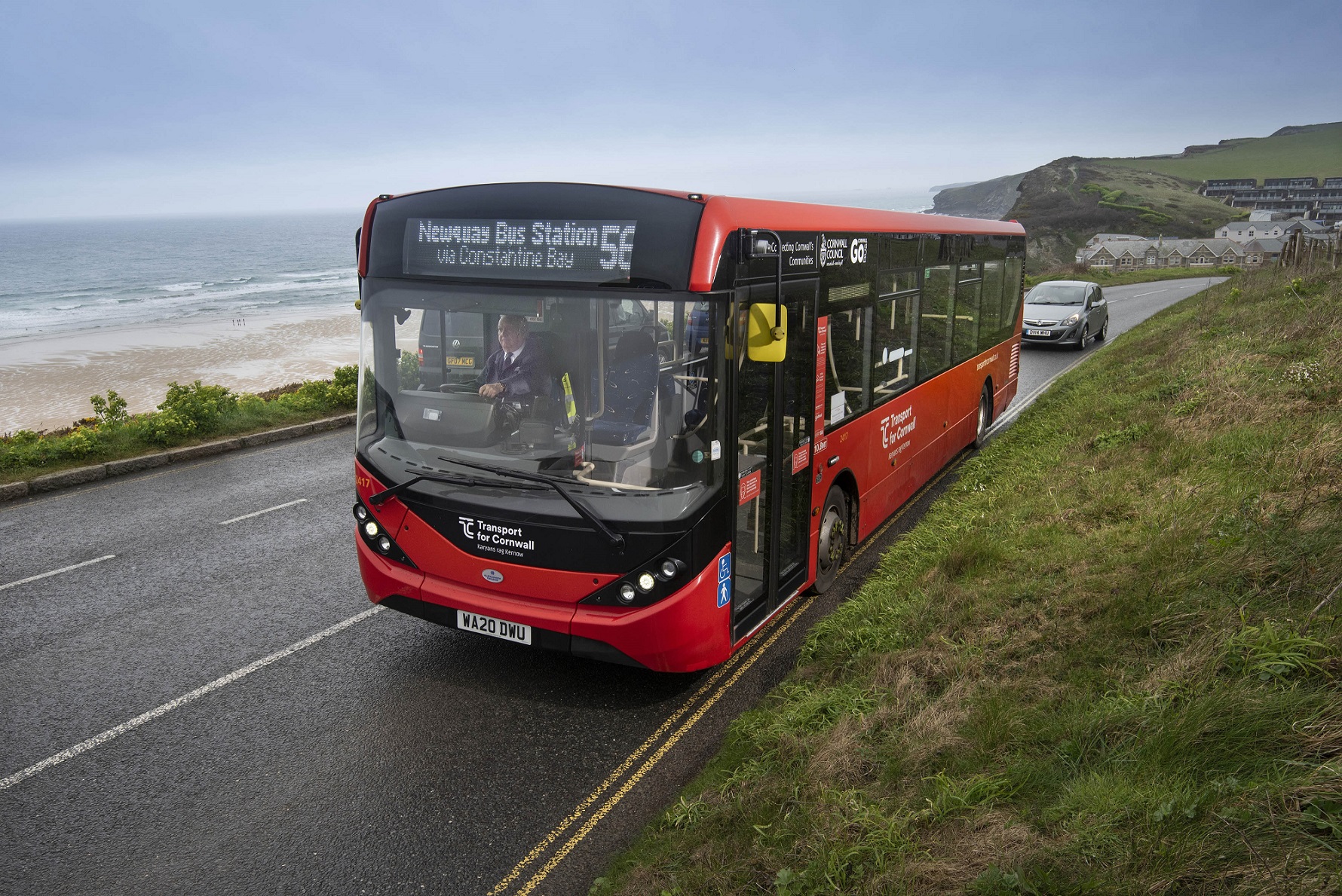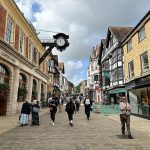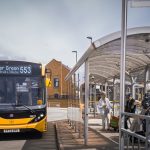Ensuring the recently announced £700m for bus is actually delivered will be crucial, says our Westminster correspondent
Prime Minister Rishi Sunak’s decision to scrap the HS2 high-speed rail project north and east of Birmingham has been heavily criticised by the project’s advocates. This was to be expected.
However, if you are completely neutral on this issue, it’s surely quite hard not to come to the conclusion that it was the right thing to do, given that HS2’s costs were spiralling out of control, with some observers suggesting the final cost of the whole project would be not far off £180 billion.
For many, the project was a huge white elephant, and those who claim it was critical to the levelling-up agenda need to think carefully whether HS2 would actually have sucked investment out of the North by making travel to London faster, as a number of experts predicted it would. HS2 could well have had the opposite effect to what many politicians in the North claim.
And HS2 was never going to be a “people’s” railway. It was always going to be largely a businessperson’s railway, in view of the premium fare pricing that was likely.
If the government had not announced it would reallocate the committed funding not yet spent to other transport projects, principally in the North and the Midlands, I could understand the angry reaction. But these committed funds – some £36 billion – will now have now have a much bigger reach, benefiting a far wider range of towns, cities and rural communities. Leeds will finally get its tram system.
PM’s boost for bus
The bus sector will benefit from a further allocation of some £700 million, with the £2 fare cap retained until the end of 2024. But this £700 million to fund a “new wave” of Bus Service Improvement Plans is apparently limited to the North, so other regions will miss out and service cuts around the country still seem to me to be highly likely.
The Midlands will, though, receive an extra £230 million to improve the frequency of services, with the promise also of a bus rapid transport system. However, the reality is that the bus sector remains underfunded nationally.
So, there are a lot of “sweeteners” to soften the blow of HS2 north of Birmingham finally being scrapped. The package of alternative proposals is significant by any measure.
The challenge now is to hold the government’s feet to the fire and make sure that the commitments made are actually delivered and that there is no backsliding. I sense that the Transport Select Committee has an interesting task on its hands as it will need to monitor the delivery of the wide range and long list of projects and funding commitments made.
I have little doubt that ministers will find themselves hauled before the Committee in the near future to explain how all of this is going to be delivered.
Public transport enthusiasts will doubtless be disappointed to see that road investment gets a look-in in all of this, and in no small measure. There’s an argument to be made that, as HS2 was a public transport project, all of the funding now being reallocated should go to public transport, with roads left to secure long-term funding through the normal Road Investment Strategy process.
However, the political reality is that the Uxbridge and South Ruislip by-election changed the political weather and this government is now very much more pro-motorist.
Labour’s big by-election win
Sandwiched between the Conservative and Labour party conferences was, of course, the by-election in Rutherglen and Hamilton West, which was caused by the removal from the seat of Scottish National Party (SNP) MP Margaret Ferrier. Labour was expected to win on the back of the implosion of SNP’s popularity following the resignation of Nicola Sturgeon.
However, I don’t think anybody expected Labour to win as well as it did. On a swing of 20.4%, Labour turned an SNP majority of 5,230 into a majority of 9,401. The swing was all to Labour, with the Conservatives suffering a swing against it of 11% and losing its deposit. On this showing, Labour is a political force in Scotland once again. Labour’s party conference will be massively buoyed by this result.
The Conservatives may have left their own conference in Manchester in reasonably good spirits after a passable speech by Mr Sunak and polls now consistently showing that Labour’s lead over the Conservatives is narrowing – two recent polls put this lead at around just 10%.
However, the Rutherglen and Hamilton West by-election will have knocked the stuffing out of them somewhat, I suspect. It’s always a mistake to read too much into the result of one by-election, especially as the turnout on this occasion was a mere 37%, almost half that at the last general election. Nevertheless, over the last couple of years, Labour has been performing consistently well in by-elections, with Uxbridge being the only real blip.
More to come for the Conservatives?
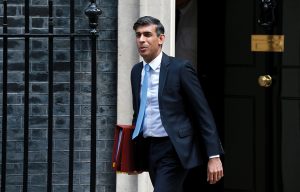
Further, on 19 October, there is a by-election in the Conservative stronghold of Mid Bedfordshire following the resignation of Nadine Dorries. The party has a majority of 24,664. Some think Labour might even overturn this and win.
Even if they don’t but still reduce the Conservative majority to a few thousand, watch blind panic break out at Conservatives HQ. The pressure on Mr Sunak to deliver real red-meat, tax-cutting Conservative policies, which in truth his party conference speech didn’t do, will become immense.
Next May, we also have the London Mayoral elections. It’s rumoured that Jeremy Corbyn may stand as an independent, such is his dislike of Keir Starmer and Sadiq Khan. That could split the Labour vote sufficiently to allow Conservative candidate Susan Hall to win, given that this election will be held under the “first past the post” system for the first time, replacing the previous second-preference voting system.
Were Susan Hall to win, that could well change the whole political dynamic in the run-up to the next general election, widely expected next autumn. For now, however, the Conservatives’ hold on power looks to be slipping away.




















